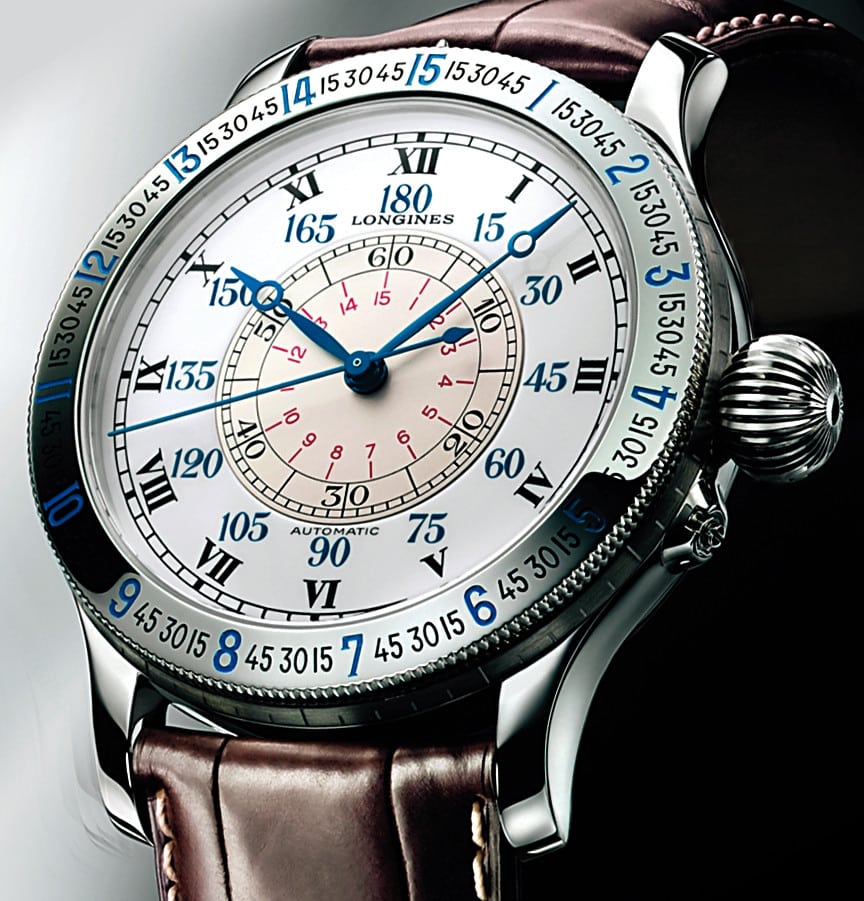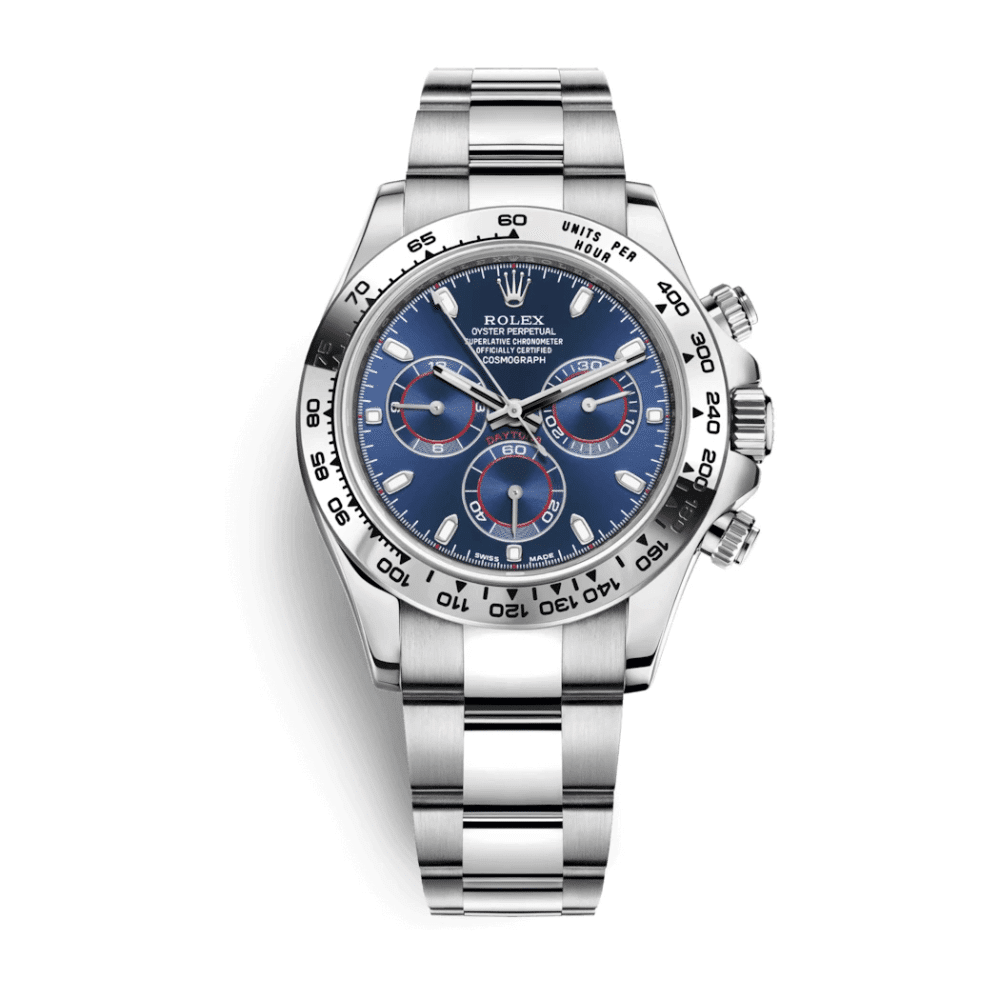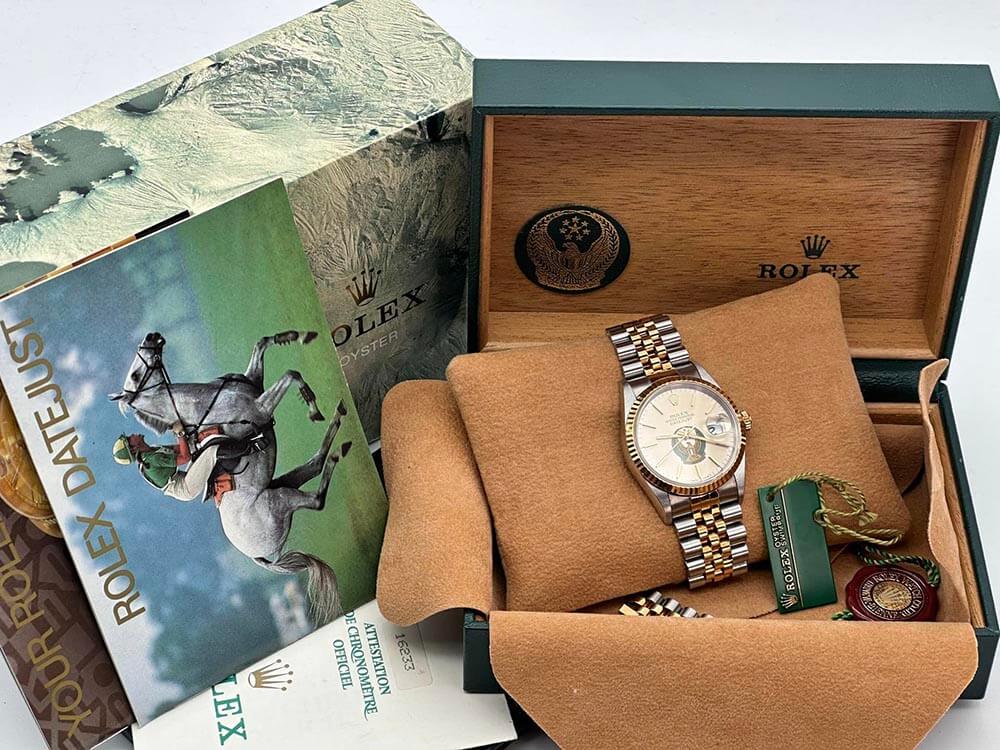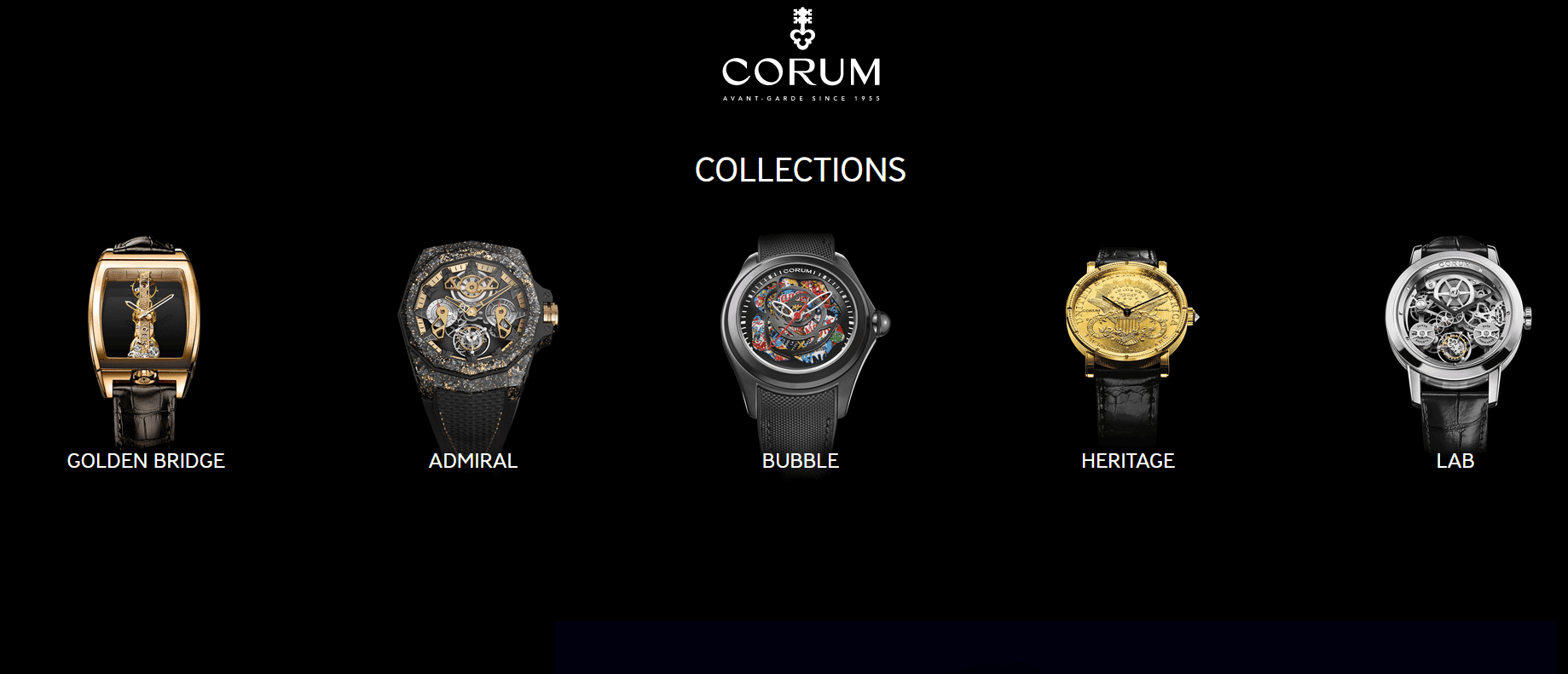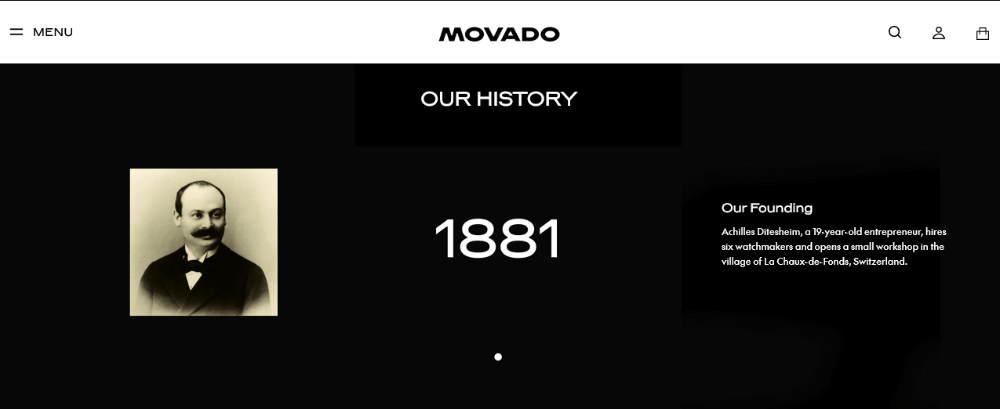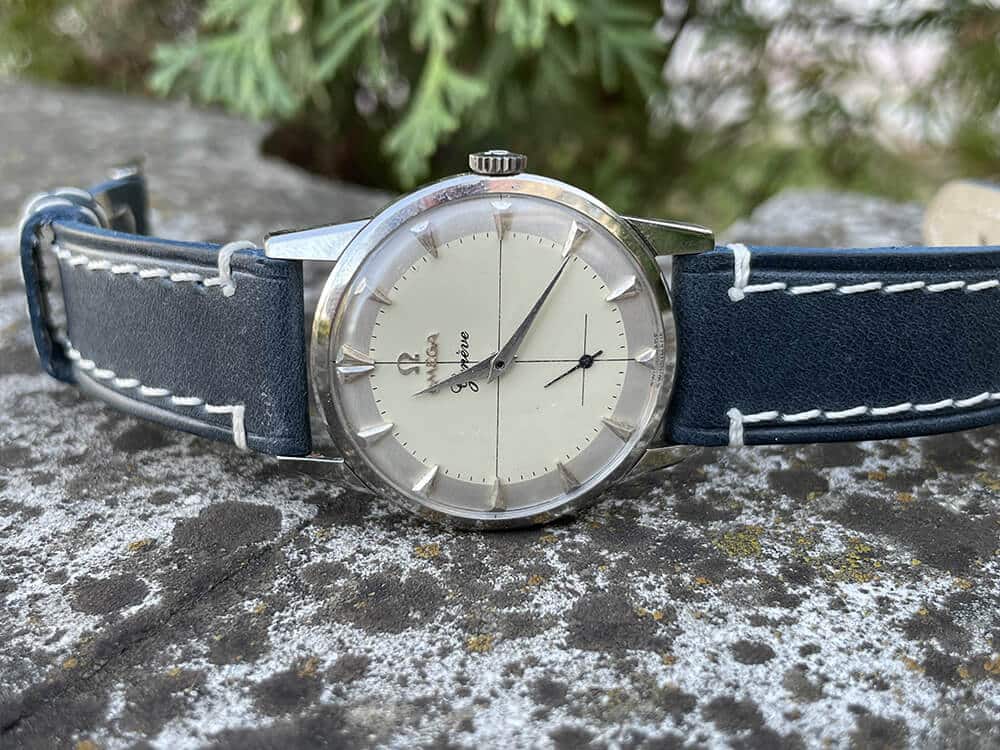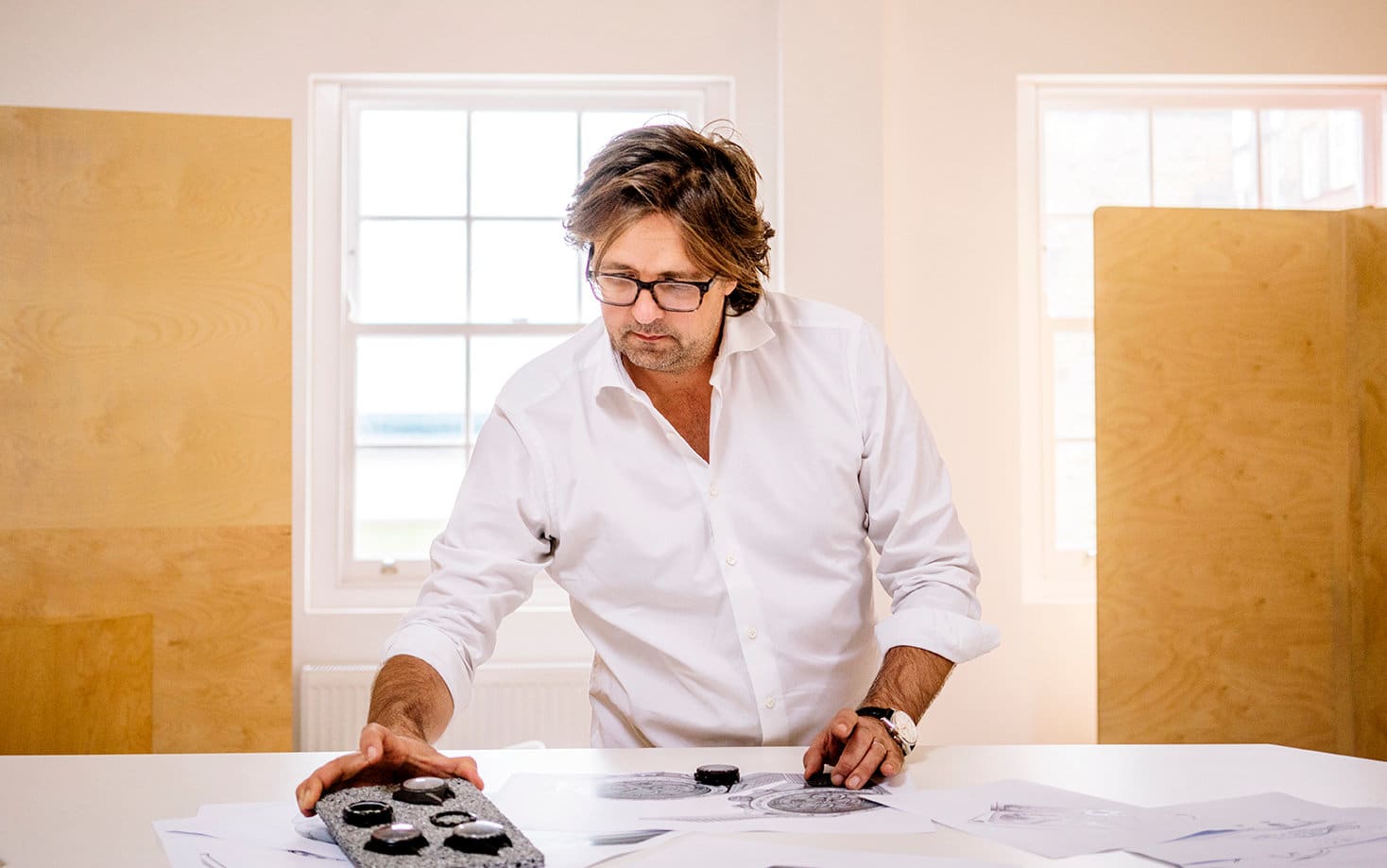In the days before GPS technology an accurate chronometer was a vital navigational aid. Marine chronometers were fairly large clocks, often mounted within a wooden box by gimbals that absorbed some of the gravitational effects of being at sea. The invention and successful development of the marine chronometer has been attributed to John Harrison, an 18th century English carpenter. It took Harrison and many others, many years to create clocks that were capable of maintaining acceptable accuracy because of the limitations of clock-making at the time, and the constant threat to stability that being at sea caused to a movement. Chronometers were revolutionary things, demonstrating staggering accuracy despite the elements. Today’s (COSC) chronometer certifications are an echo of the noise caused by man’s development of the chronometer and the navigational problem that it sought to solve. So what was the problem?
To identify one’s location without GPS one needs to know: latitude, longitude and altitude. Altitude at sea was always an obvious “sea level”, and latitude could be determined by matching the position of the sun at noon, or stars at night, to a chart. With this information it was possible to determine where one was within 90° north or south of the equator. But obtaining an accurate reading of longitude remained an issue for many years and at the cost of countless lives and ships. It was agreed that the key to unlocking longitude was time. As the Earth rotates 360° of longitude in 24 hours, or 15° per hour; with the right supplementary information one can use time to calculate a position within 180° east or west of the meridian. A quick note, both longitude and latitude are measured in degrees, minutes and seconds. Each degree has 60 minutes, each minute has 60 seconds. The longitude of New York city, for example is 74h 0 minutes 59 seconds west of the Prime Meridian.
If, for example, the solar time at one’s present location is known (derived from the Sun) and it is possible to determine the time at a point of reference (Greenwich MeanTime – GMT) then one’s longitude can be calculated by comparing an event in the present location, such as the position of the Sun, to how that evert would occur at the fixed location (GMT). Although there were exceptionally complex methods by which GMT could be calculated using the lunar distance, and although these were made easier by the introduction of almanacs with pre-populated tables, using a reliable chronometer to track GMT and calculate longitude became the preferred method by the late 19th century.
Although the actual navigational methods are fairly complex, the role that the chronometer played in the process was simple – it needed to tell the time accurately and consistently. This period of time in horology was the height of the race for accuracy in mechanical movements. Today’s chronometers are exceptionally accurate (for mechanical watches – they don’t stand up to quartz, and pale in comparison to an atomic clock), but despite this there are no widely followed standards higher than those imposed by prestigious observatories of the 19th and 20th centuries. The Marine Chronometer and Observatory Chronometer paved the way for time-driven navigational complications, introducing technologies that still exist in the mechanical wristwatch of today.
Hour Angle – Developed in the 1920s in a collaboration between Charles Lindbergh. Naval Navigator P.V.H. Weems, and Longines, the Hour Angle watch became the first wrist-bound instrument designed to calculate exact longitude. The watch reguired a time signal to confirm that the watch was running at exact GMT time, and and an ability to calculate the solar time of one’s exact position, as well as the “equation of time” for that day.
